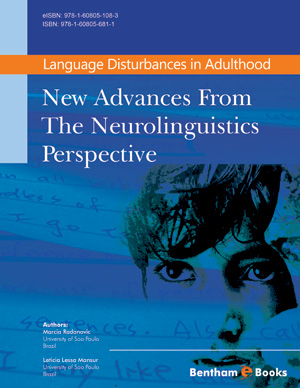Abstract
The role of subcortical structures in language processing is a topic of intense debate in the literature. Language alterations resulting from subcortical damage, such as the basal ganglia and thalamus do not produce classical aphasia syndromes as those encountered in cortical lesions. Basal ganglia lesions (caudate nucleus, putamen, globus pallidus) produce a complex and varied symptomatology regarding language manifestations, being the more consistent an alteration in lexical selection processes. More recent theories implicate the striatum in sequential and computational aspects of language processing, combinatorial rule applications and procedural learning (which are related to morphology and syntax), as well as stuttering. Thalamic aphasias present a more homogeneous pattern, where anomia and semantic paraphasias predominate, pointing to the role of the thalamus in mechanisms of cortical engagement and semantic verification. There has been increasing evidence of the participation of the cerebellum in language processing. Among the language deficits found after cerebellar lesions are delay in language acquisition, deficits in speech initiation, and mutism. Other previously reported language alterations include deficits in speech production, such as short responses, difficulties in initiating a conversation, long latencies for answers, and word finding difficulties.
Keywords: Subcortical aphasia, basal ganglia, thalamus, cerebellum






















